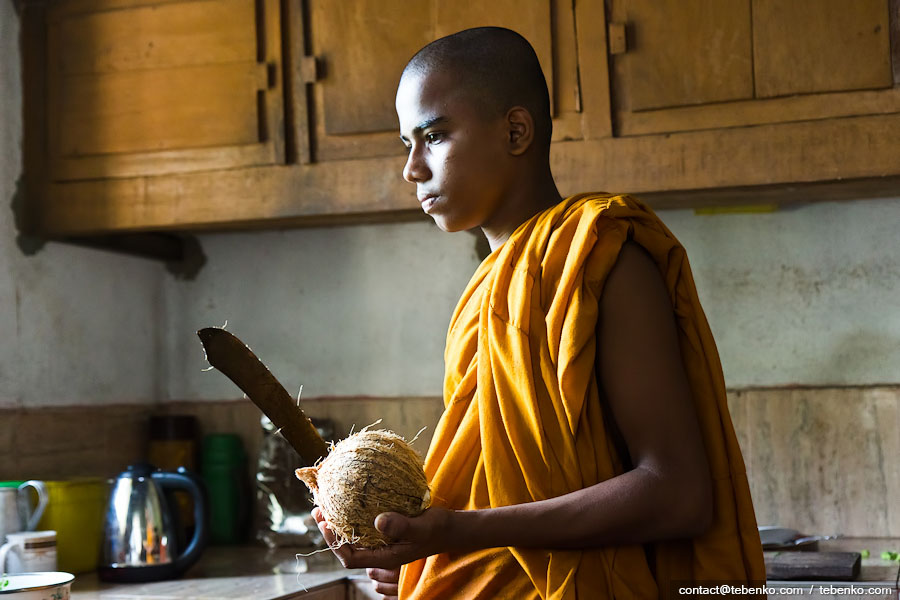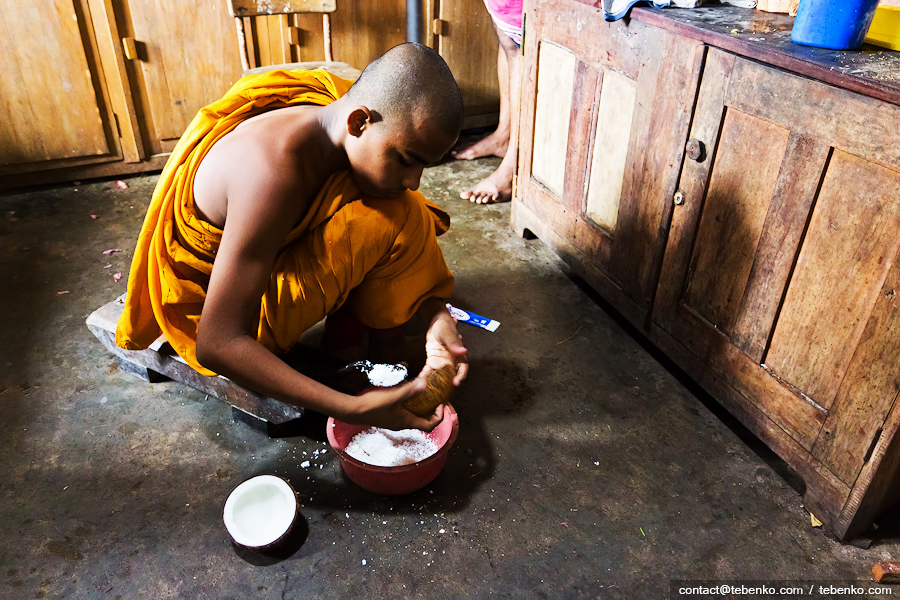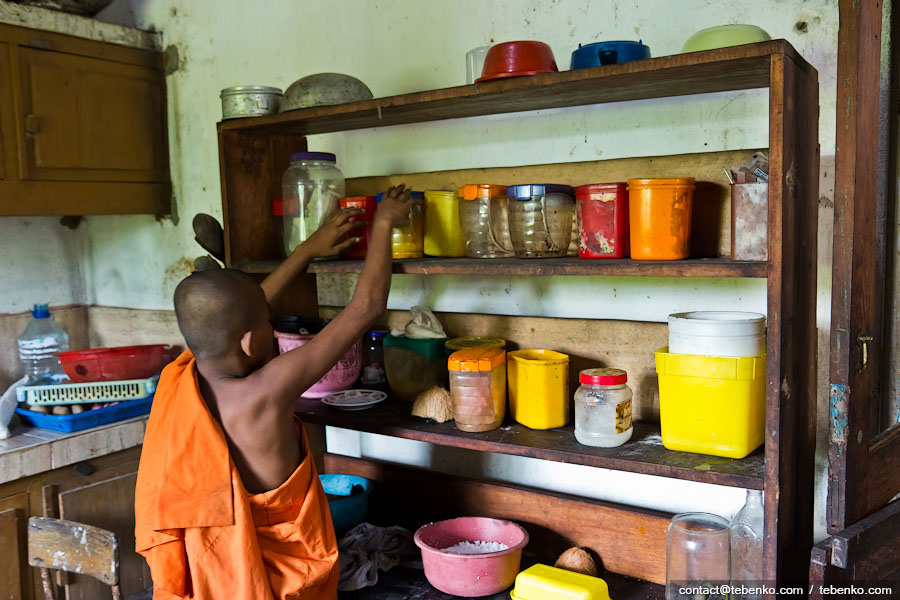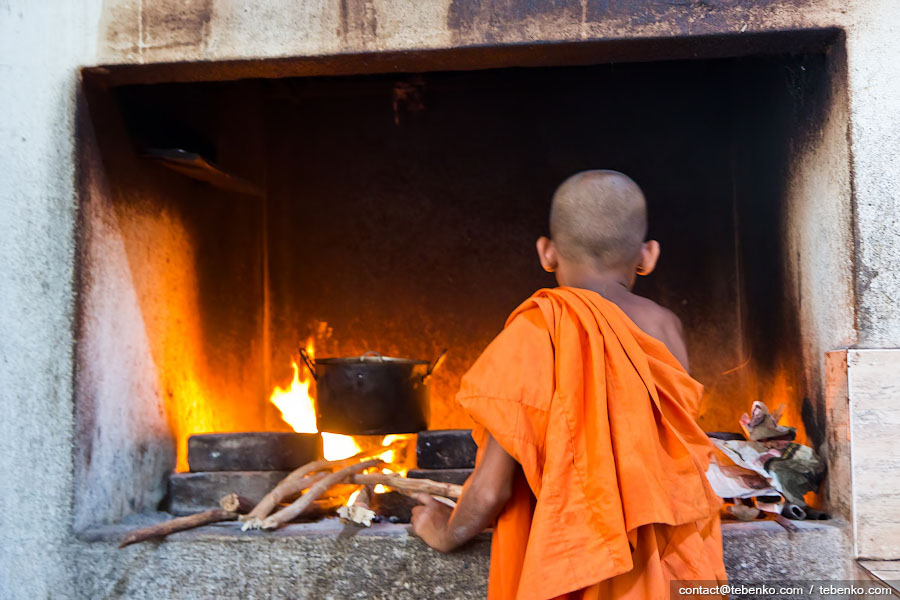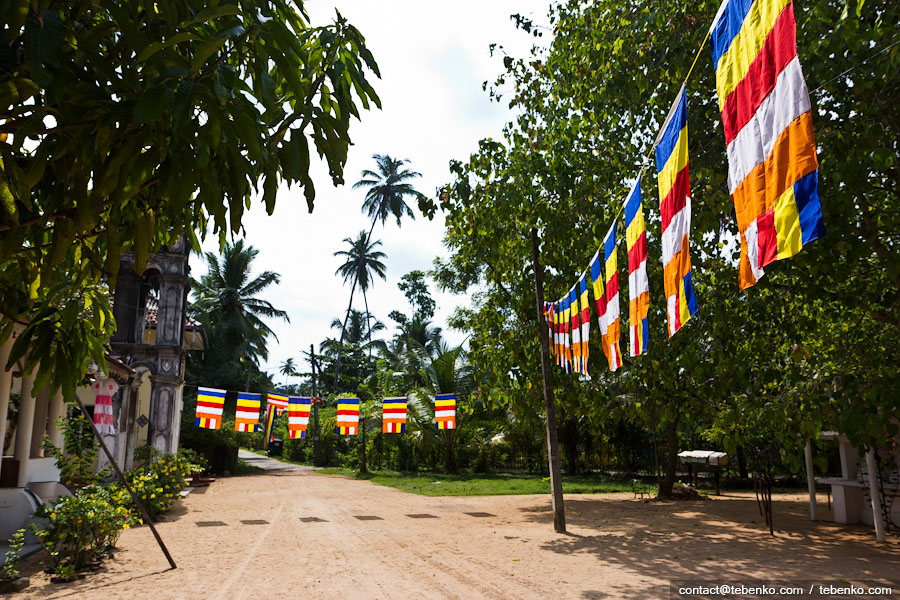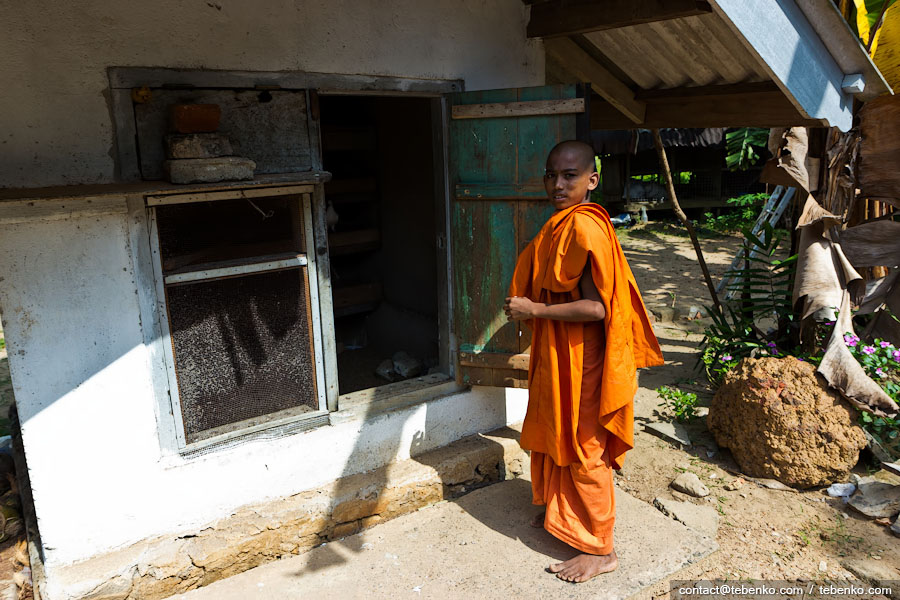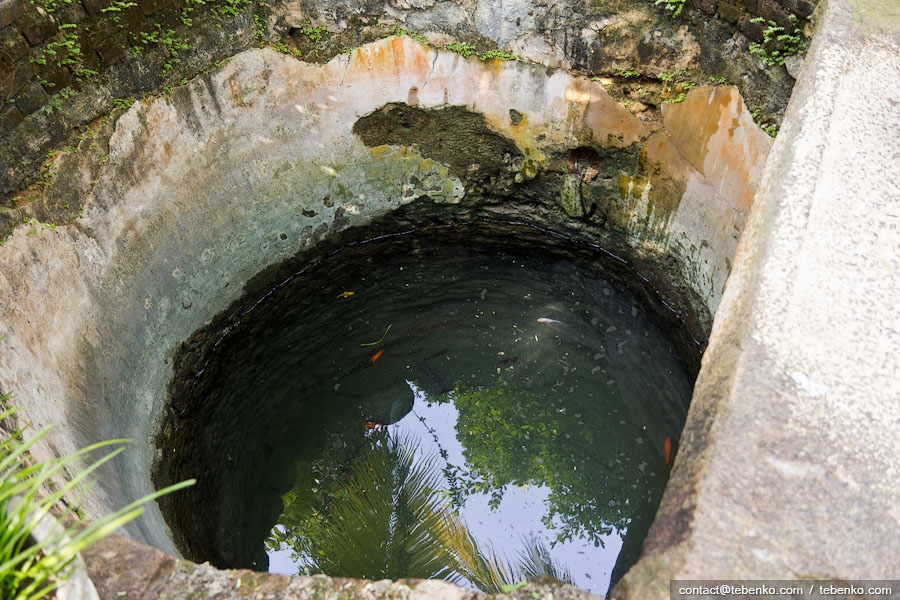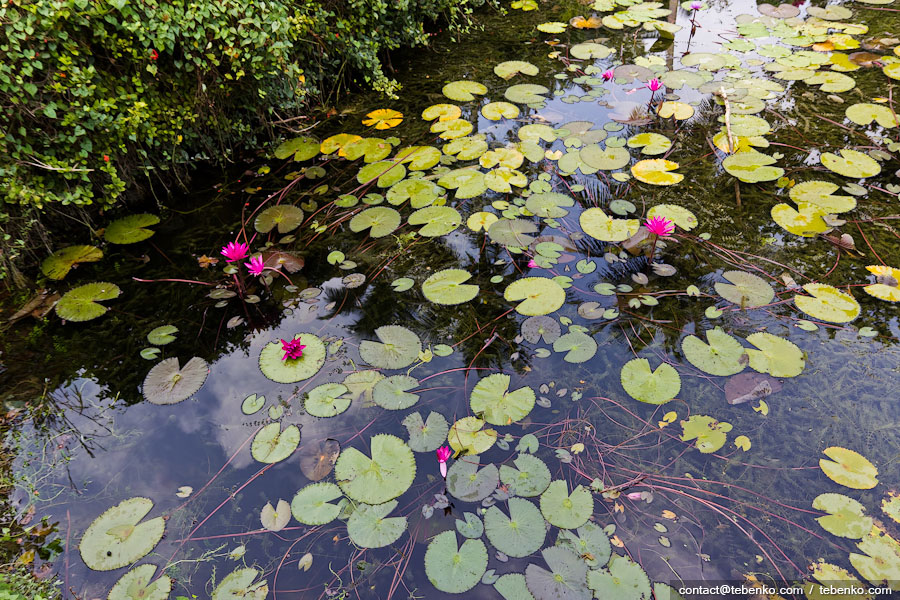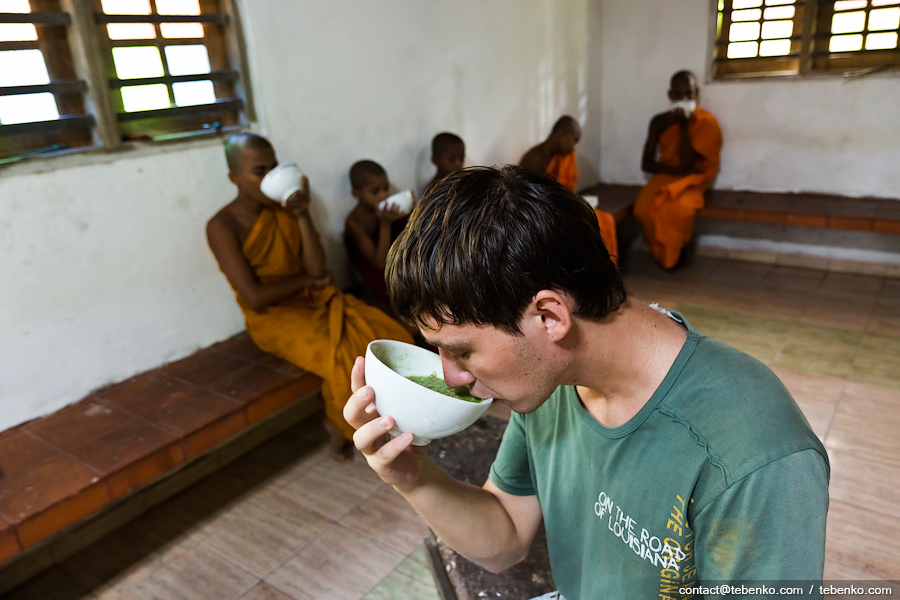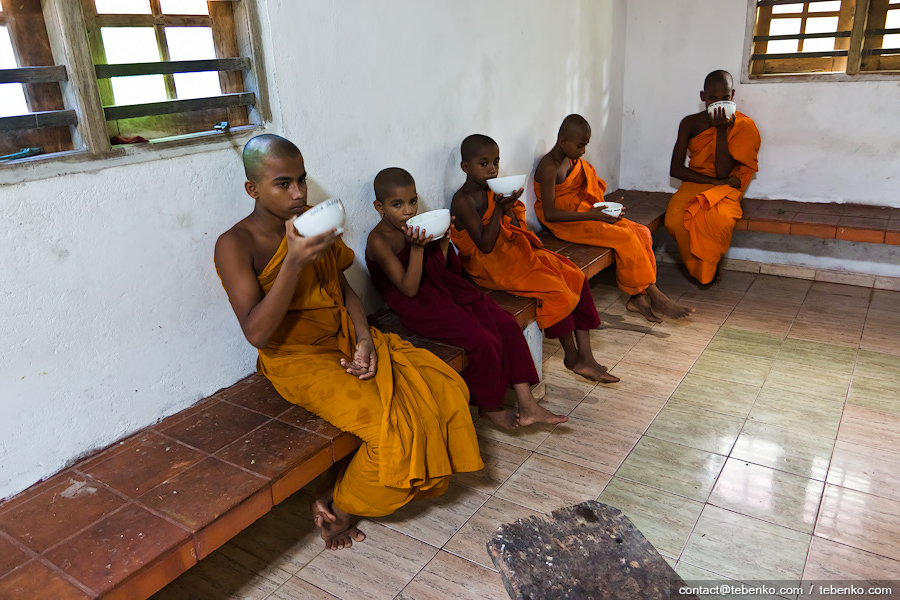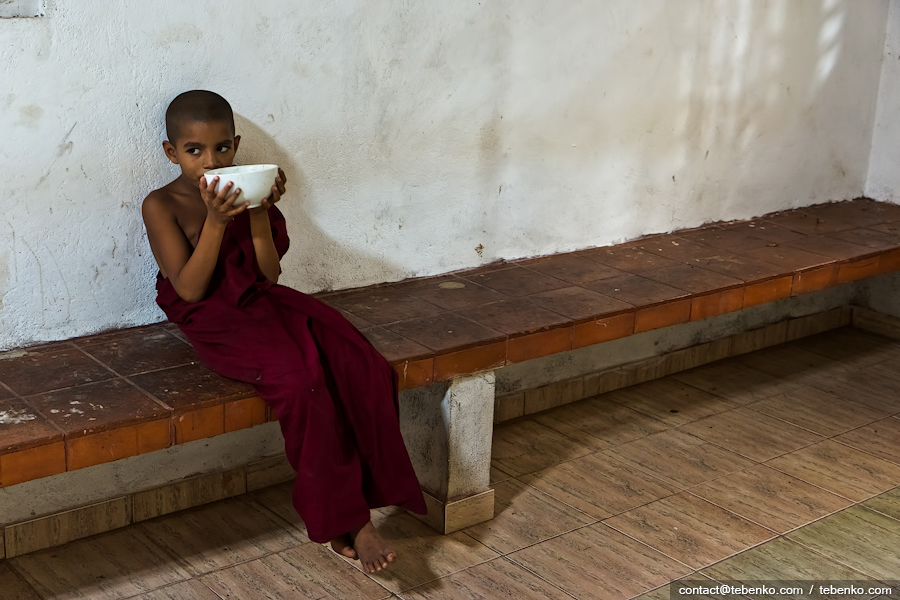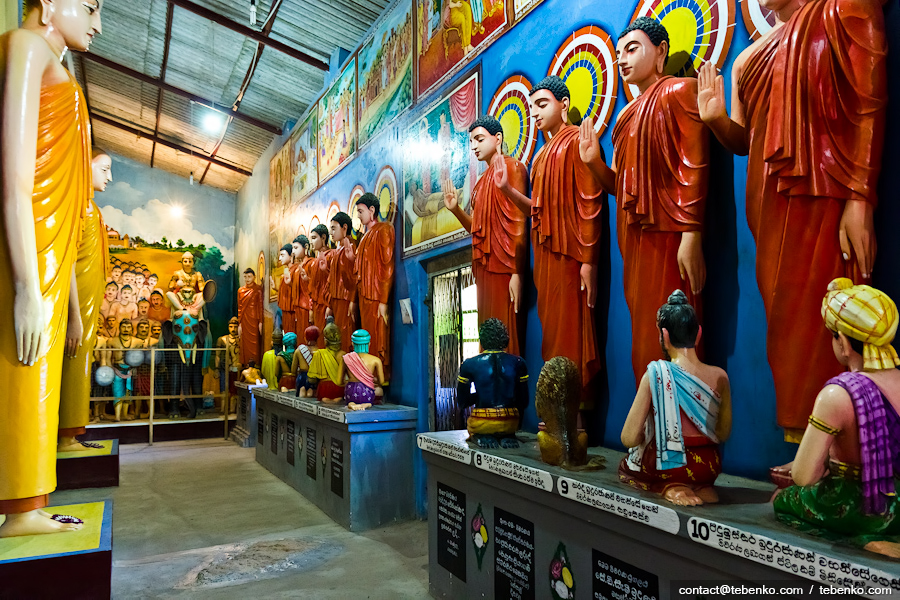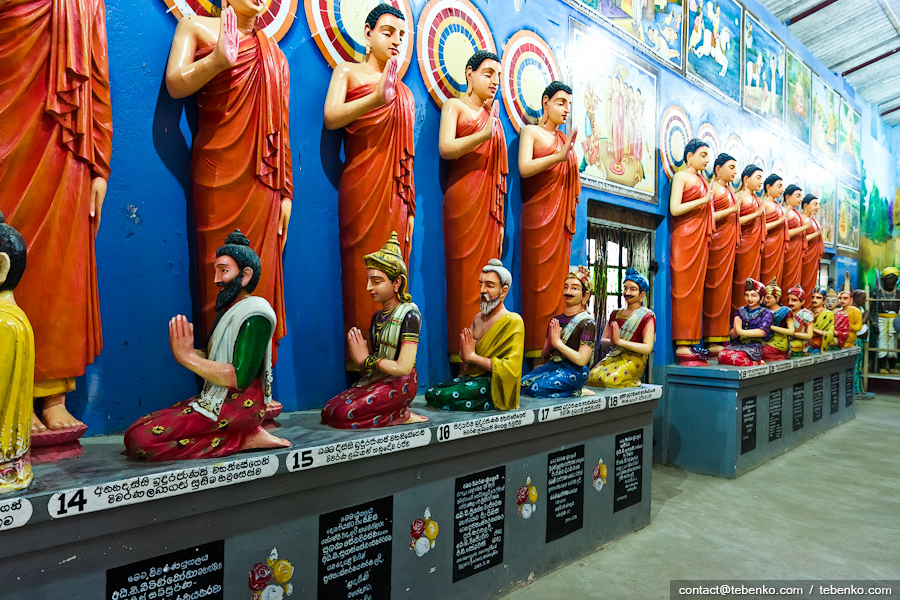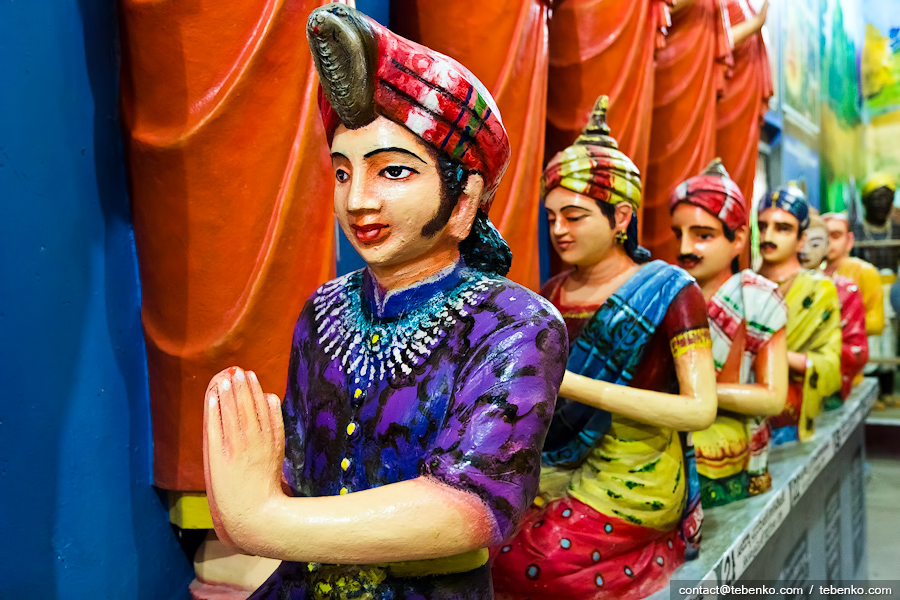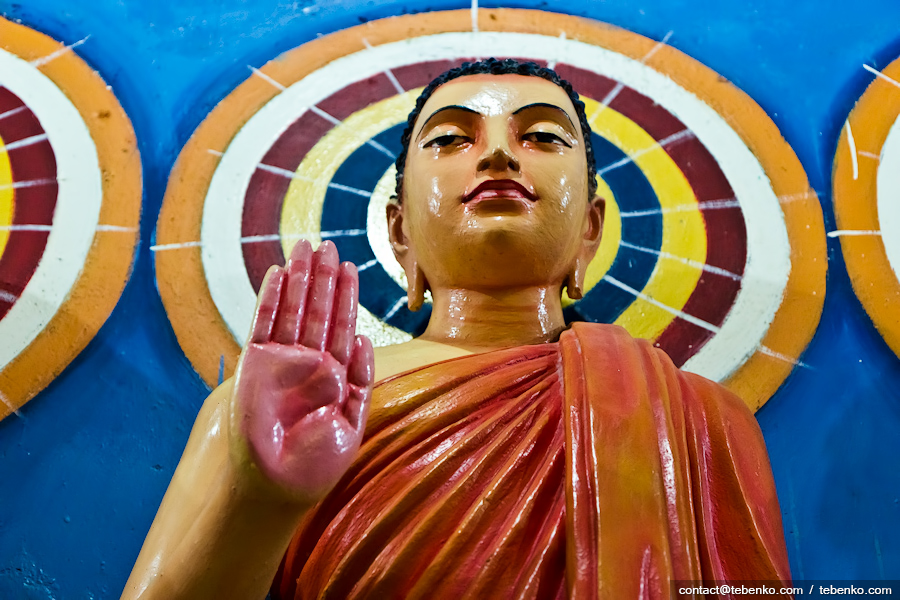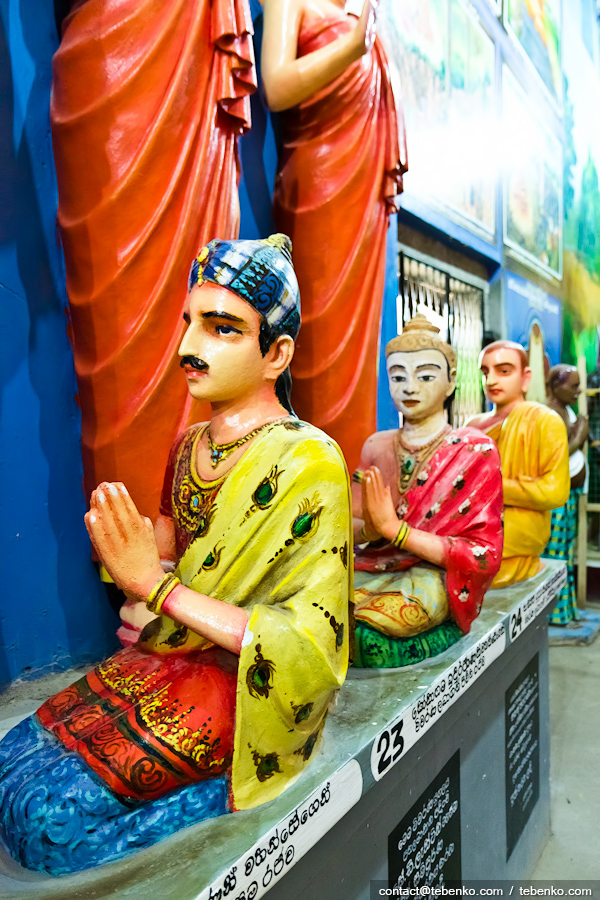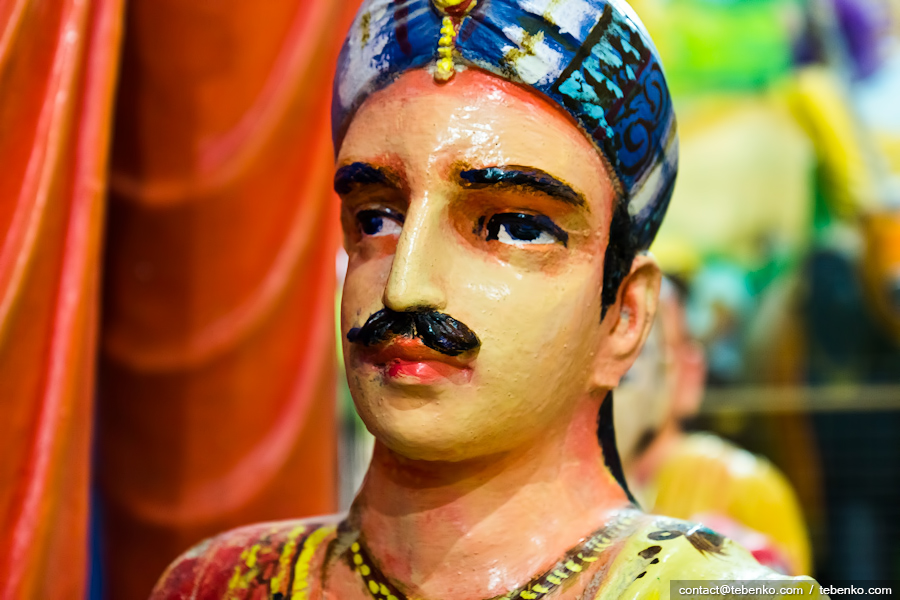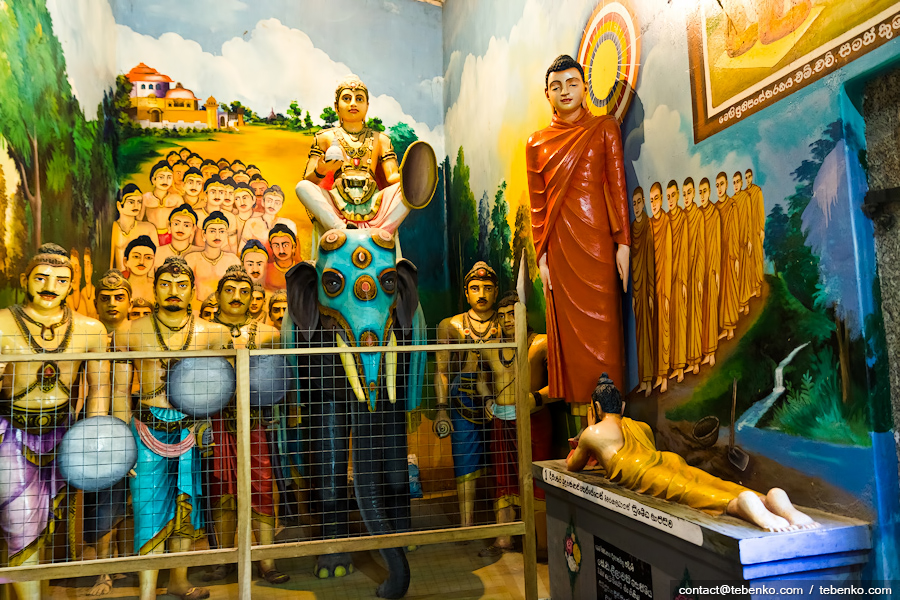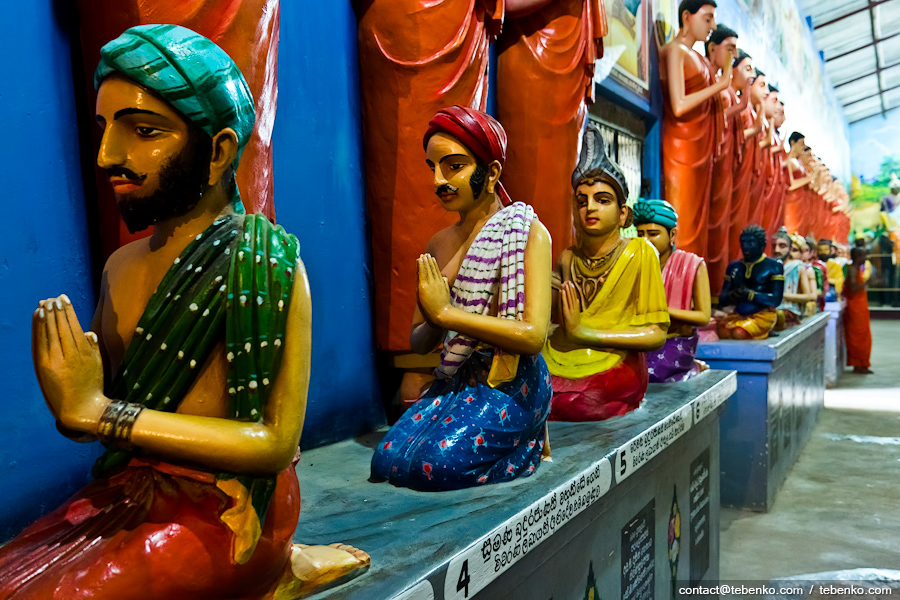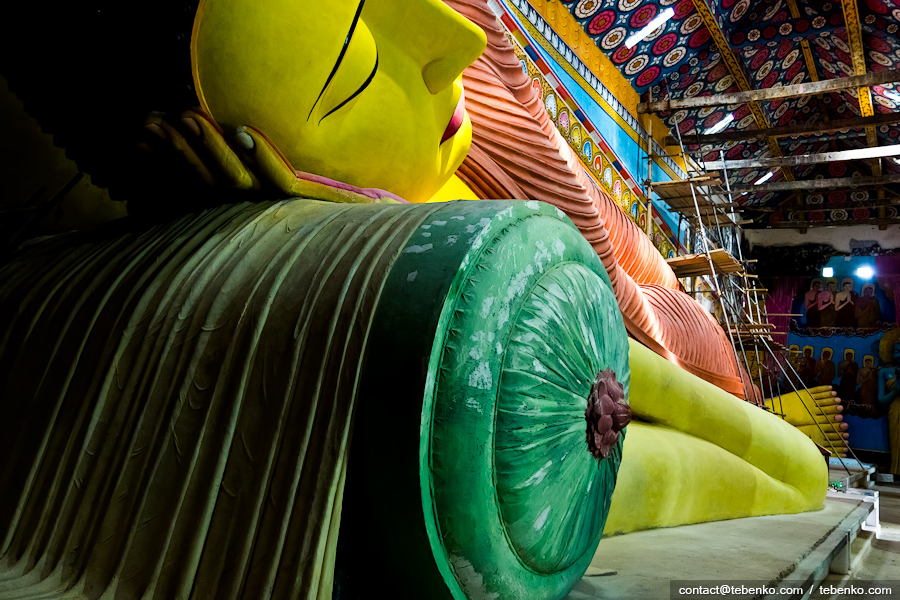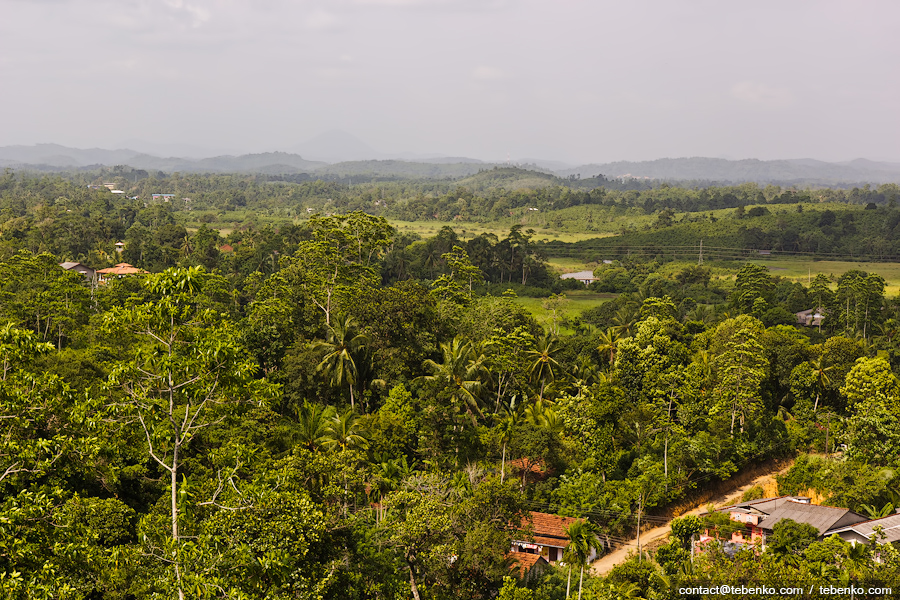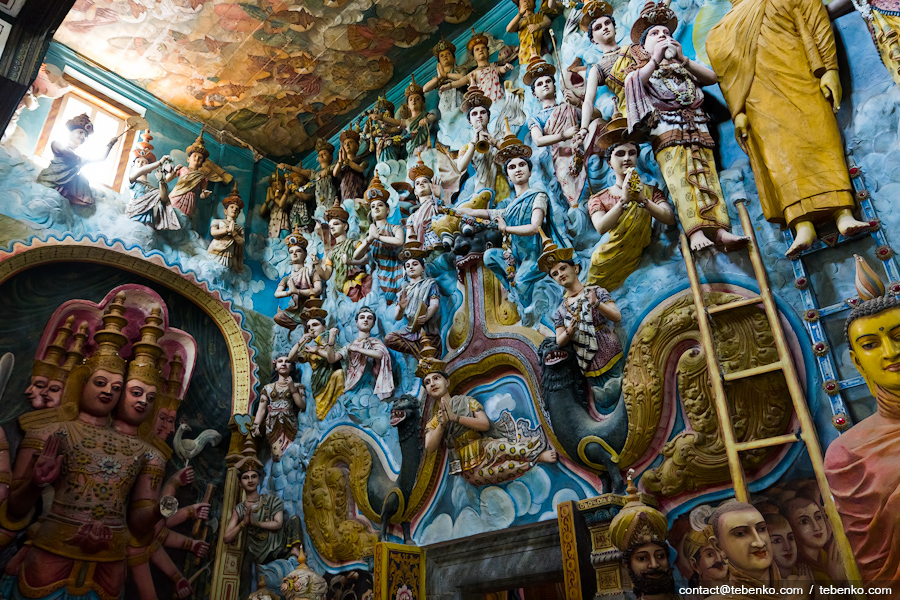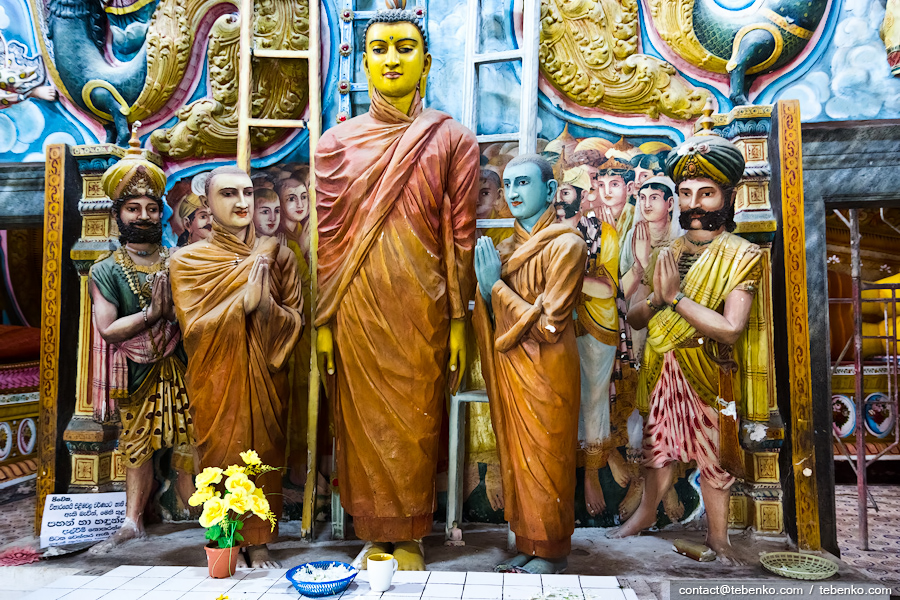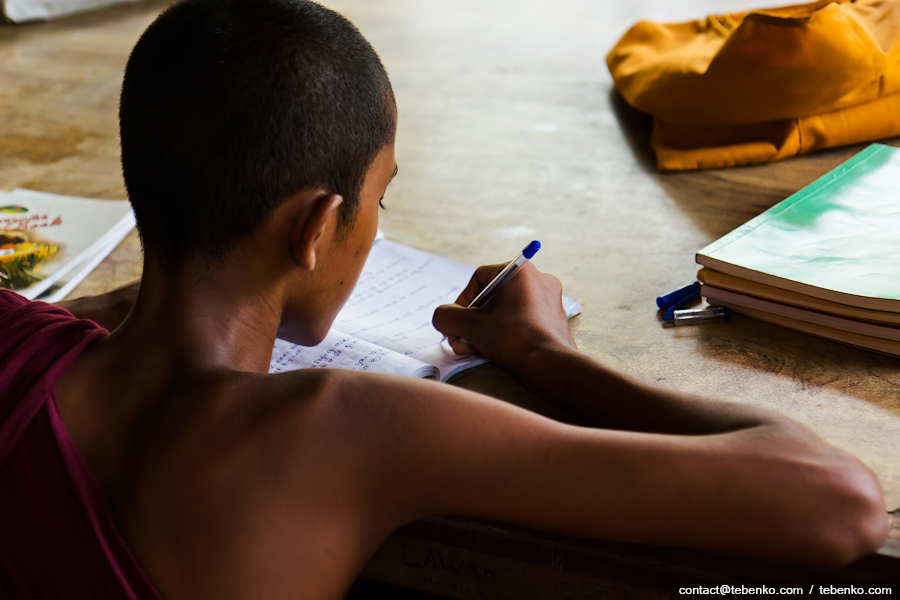Although we personally are people baptized, but religion in general treat without excessive fanaticism, so when traveling not trying to visit as many temples or other religious buildings. But it so happened that the monastery has long been free havens for travelers. It is this their property and we took advantage, pausing in a Buddhist monastery for several days. So today our story — the life of a Buddhist monastery. Guys, if you're reading us, thank you very much!
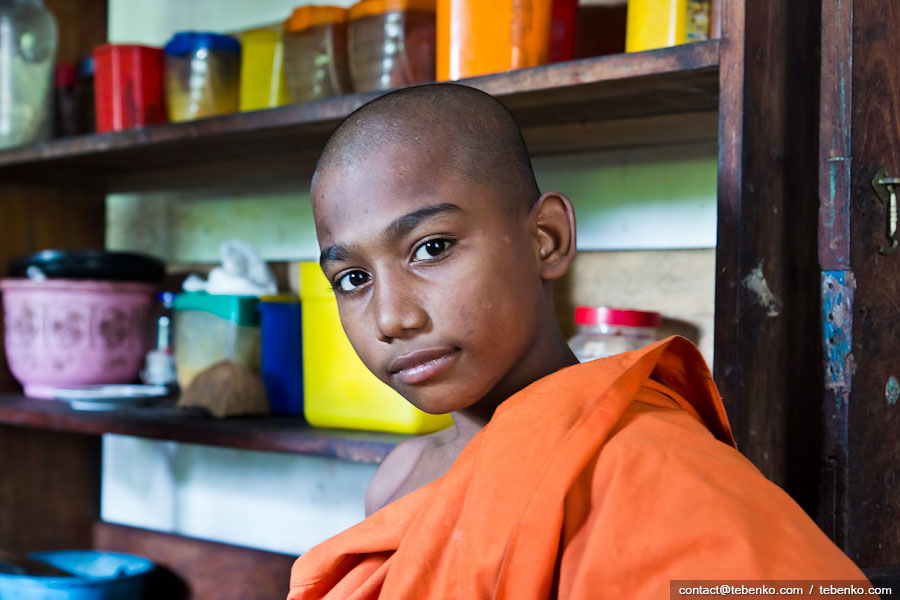 1
1Sri Lanka — an island small in size, but the modest spaces were able to get on all the most popular world religions: Christianity, Buddhism, Hinduism, Islam and others 0.9%. Lankans — people are very religious, 99% of the population believe that religion is the most important part in their daily lives. By this measure Sri Lanka takes pride 6th place in the list nayrelihiynishyh countries.
Most of the population (76%) profess Theravada (Teachings of elders) — the oldest and most orthodox school of Buddhism. Available Buddhists today are 6 thousand. Monasteries and temples, as well as about 20 thousand. Members of the monastic community — Sanґhy. Within the Theravada highlighted three trends: Siam Nikaya, Amarapura, Nick Raman-Nick. In the nature of the differences between them we are not ignorant, but their names in a sudden impulse to knowledge, still decided to write.
The constant and methodical improvements karma takes away the monks too much effort and time because material support for their life, mostly borne by people neprosvichenyh. Sometimes even so, that the food they bring different family schedule. But in small towns monks still have to take care of themselves.
The monastery, where we stopped to wait, belonged to the category of small. Therefore, residents in it were few — one chief monk (loku hamuduruwo) and several small padavaniv (samanera). Now the main source of young monks are poor families who can not afford child support. But a few centuries ago, when the financial issue was not on such an edge, families could afford more children and then one of them necessarily gave to the monastery. Now it is — a necessary measure.
After our appearance in the monastery began cleaning.
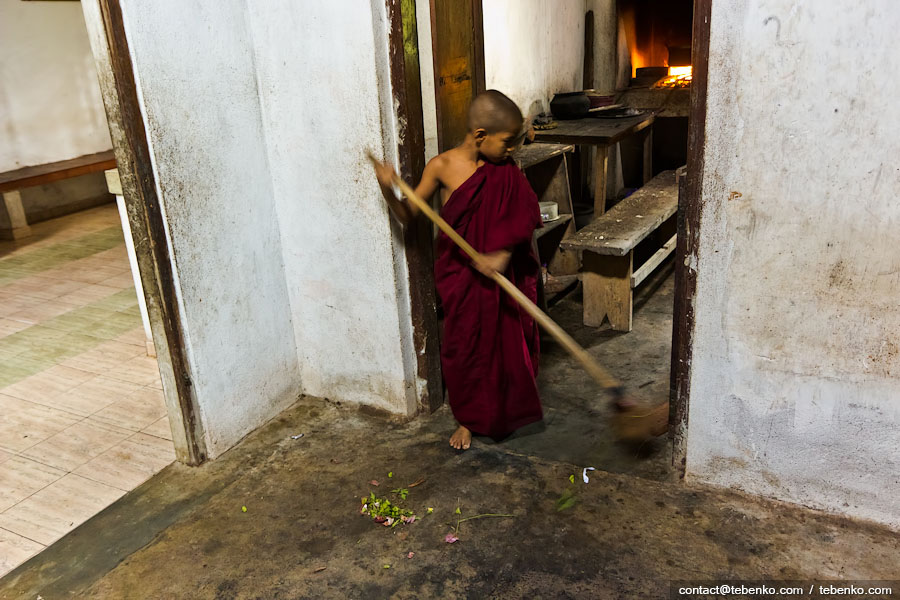 2
2The monastery is order and discipline (almost in the same place in Sri Lanka). All duties carefully distributed and each novice performs a specific function:
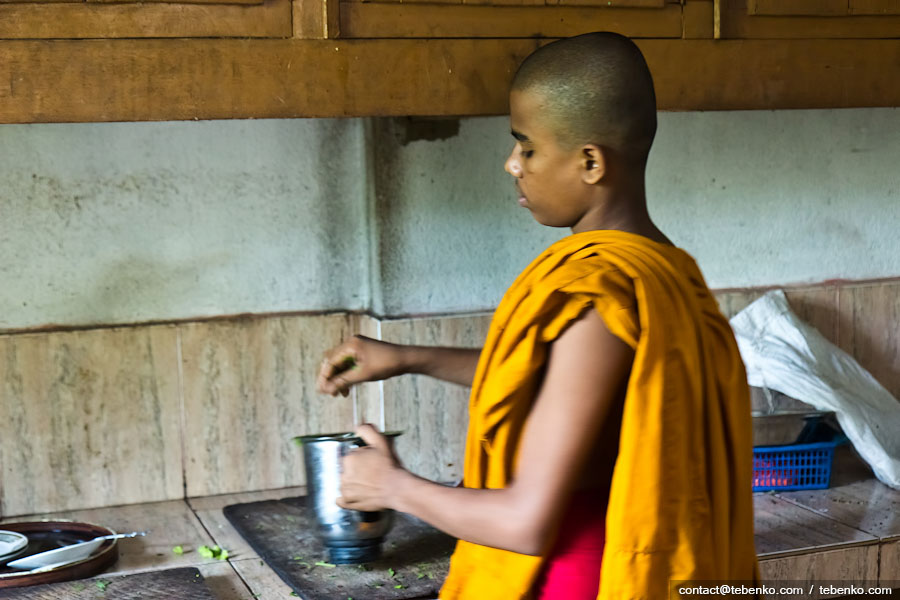 5
5In monasteries often used outsourcing and the work of farming monks take simple people who also live in this monastery.
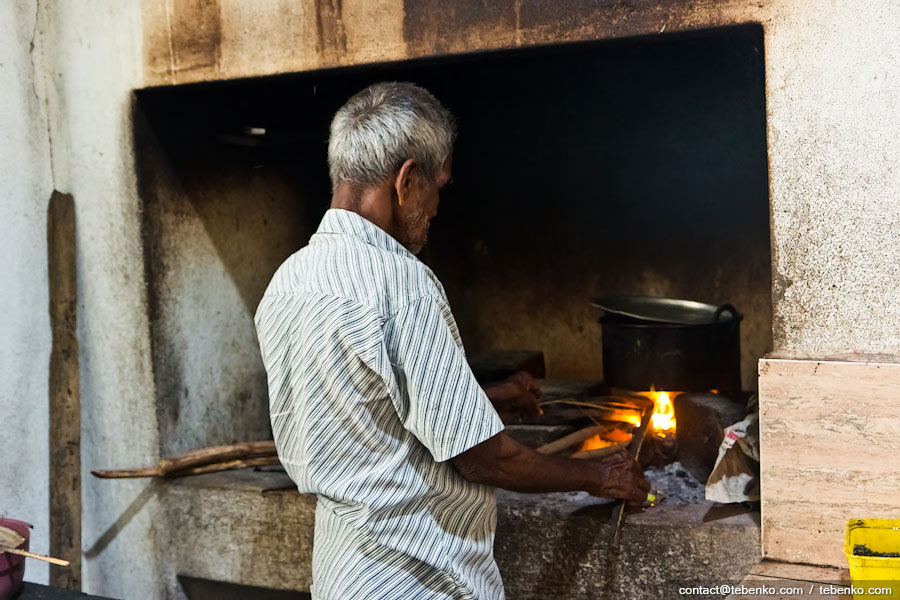 8
8Looking at the process of creating culinary masterpieces using the lawn, we went to explore the monastery:
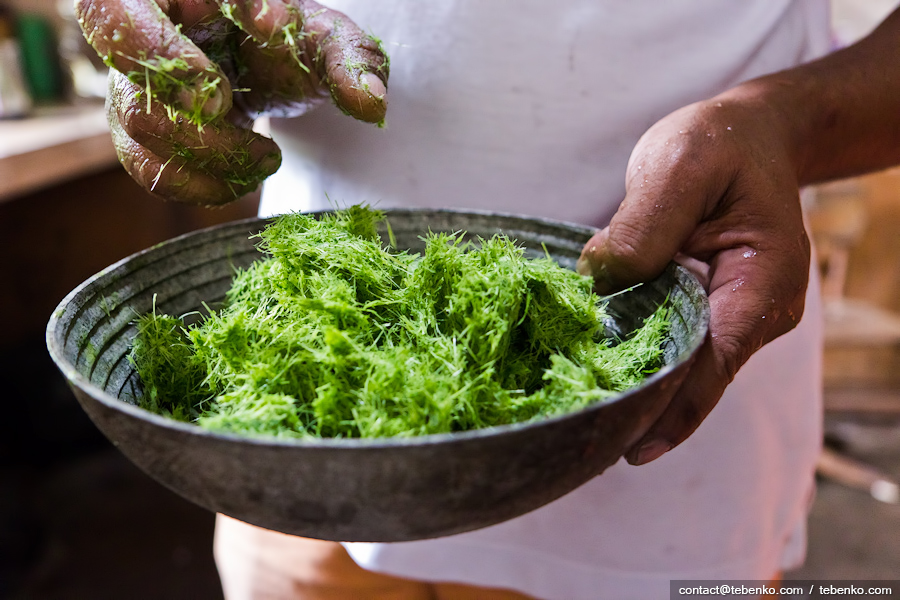 9
9And its inhabitants — postal pigeons. With their help the monks communicate with the outside world and can transmit information to the 3.76 KB at a time. Although the quantity of information can vary depending on the size of the package, tied to a dove, and encryption algorithm. The maximum transmission distance is about 1100 km. Then the signal quality begins to deteriorate rapidly and there is a need in establishing additional tower with pigeons.
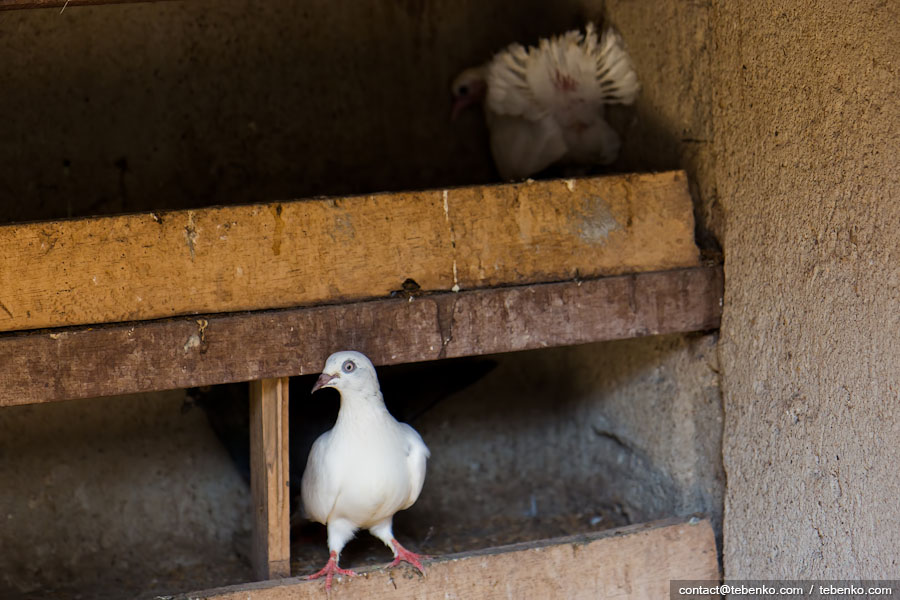 12
12After a hearty lunch, we decided to get acquainted with other Buddhist shrines. Near the temple was Shailathararamaya, it is close to Ambalangoda.
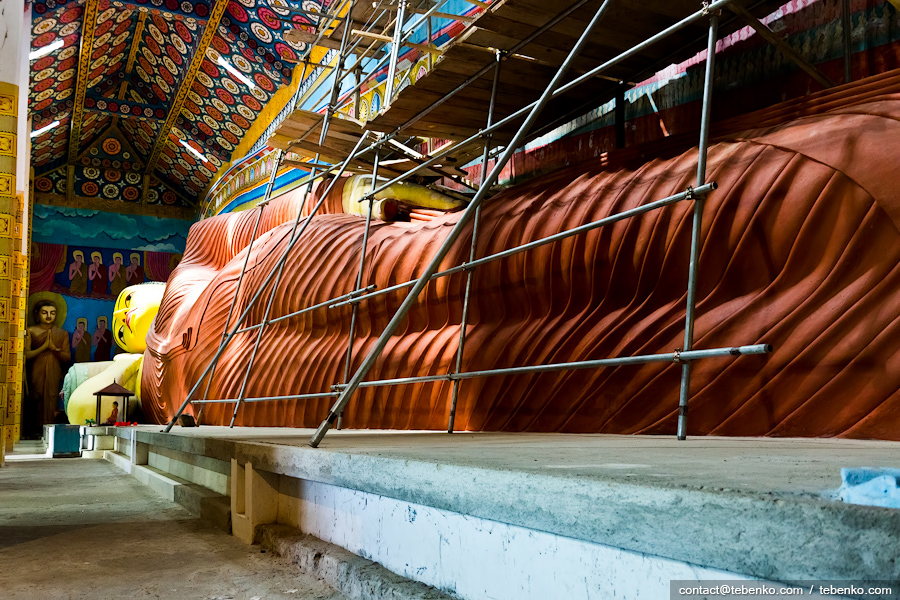 19
19Here rests the largest sleeping Buddha in Asia. In Sri Lanka the dead portrayed with rozplyuchenymy eyes. But Buddha, like us Choi, not to say that he is dead. For Buddha there is a special term pirinirwana or asleep.
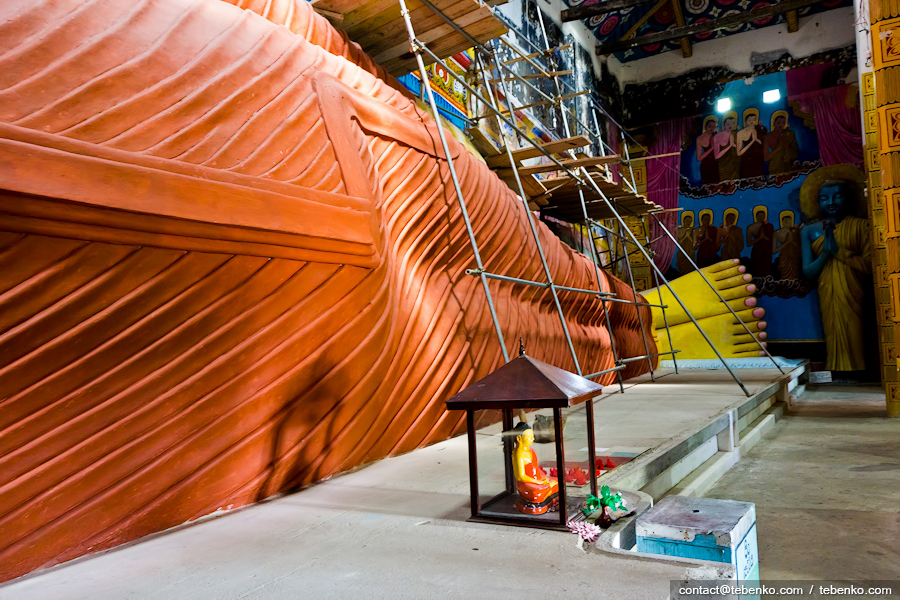 20
20But this installation, in our opinion, represents one of the Tamil invasions from South India and Ceylon valiant defense of one of its rulers. At one end of the room is a Tamil king with his army:
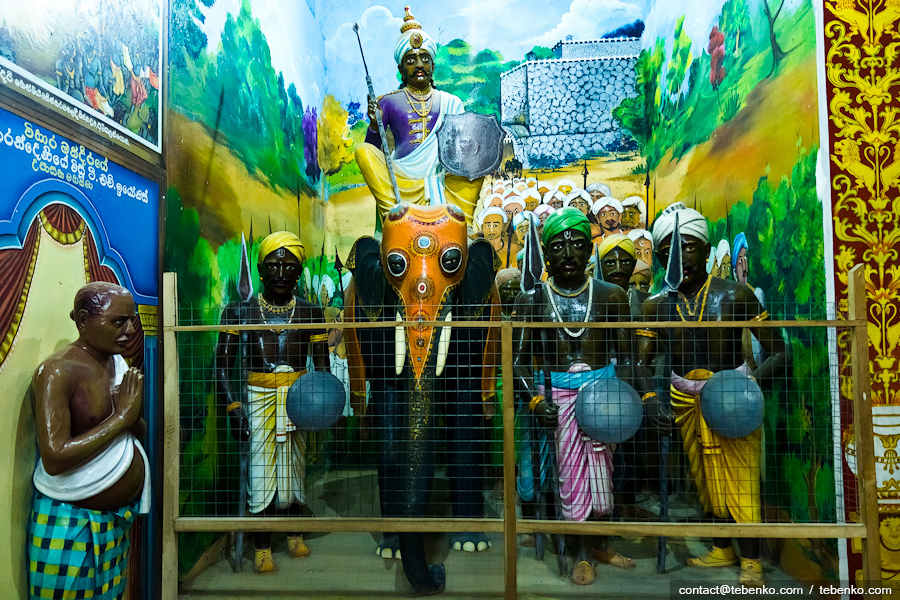 28
28List of people who have donated money to repair the house, unobtrusively motivates other parishioners. And, at the same time, notes that the process of donation and distribution of money open and transparent. Donations for the restoration of the house is missing, as reconstruction is progressing very slowly.
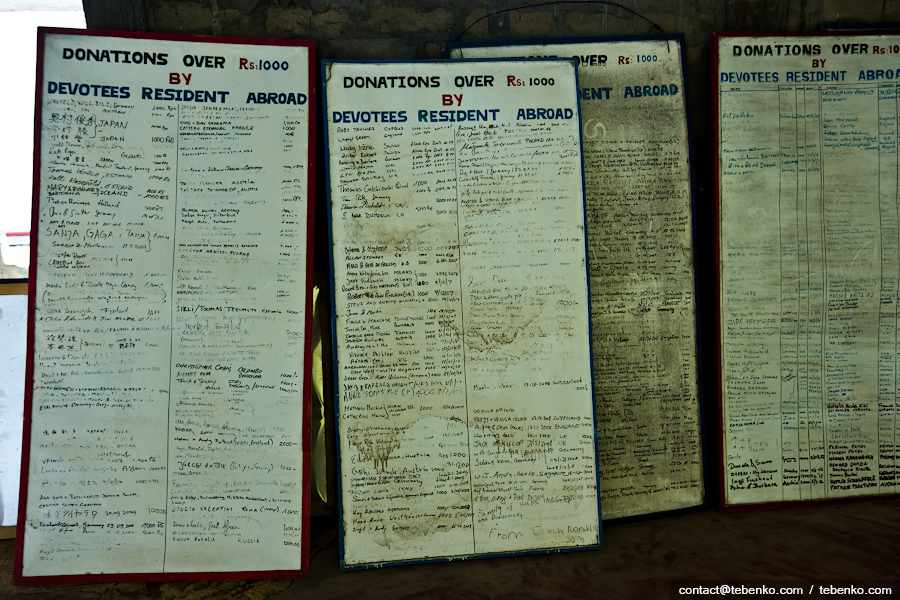 32
32Young monks are very open and they can speak to all sorts of interesting topics, the only problem — it places insurmountable language barrier.
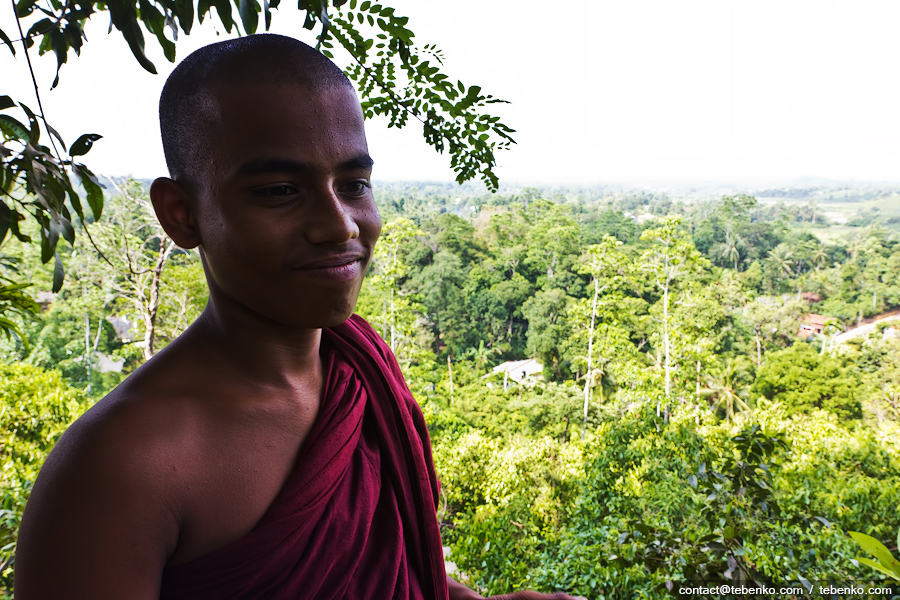 35
35In the following days we visited several temples and a little better acquainted with the life of a simple monk.
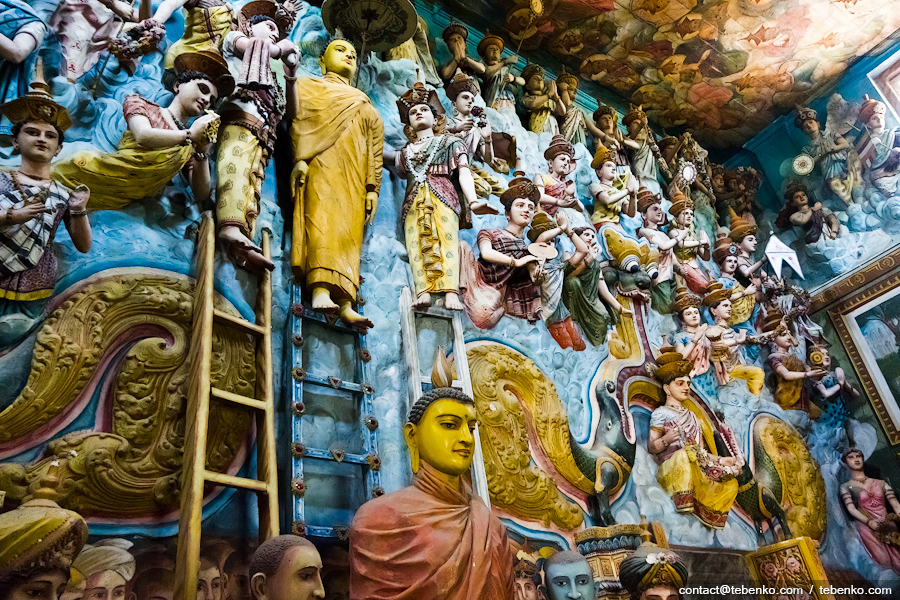 36
36Young monks attending special schools called piriwena. Such schools are usually found in large monasteries, schools differ from regular special attention and profound study of Buddhism and all that it involves.
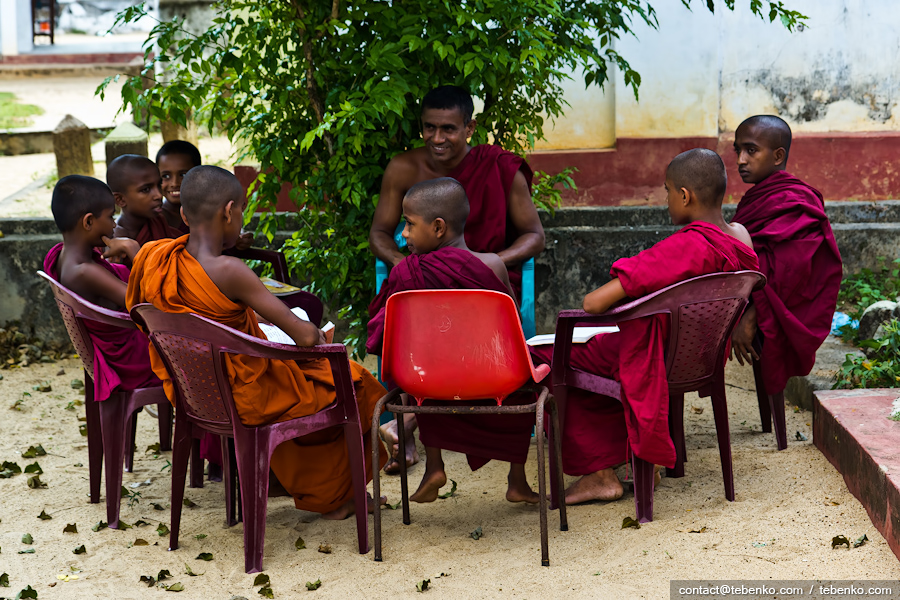 39
39Finally superfluous will mention the practical side of tourism. The average person can expect to poprosytysya and night in almost any Buddhist monastery. But this does not apply to girls — to female ratio is ambiguous, even to tourists. Also, do not expect a luxurious and service. Most monasteries are living in poverty, and monks — though clean, but no frills. Pay nothing is required, although you definitely hint that it would be nice to make a small donation for development of infrastructure. If you fall the opportunity to live in some monastery — ought to use this opportunity, do not be boring. In any case even know — in the course of time the monastery is active on the hiking trails, the more religious monks. They are less corrupted capitalist progress and more engaged in the study of values, which at one time brought to earth Ґautama Buddha.
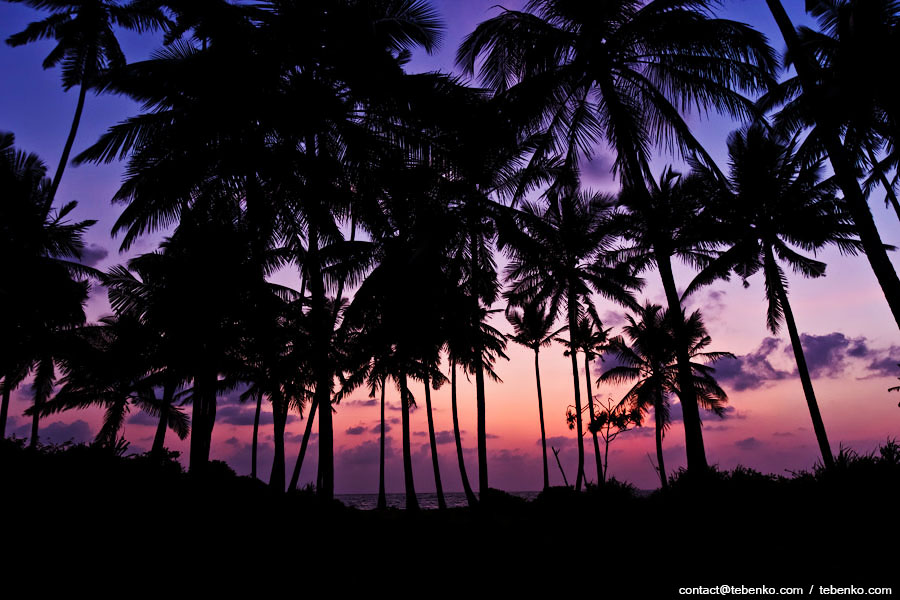 41
41
